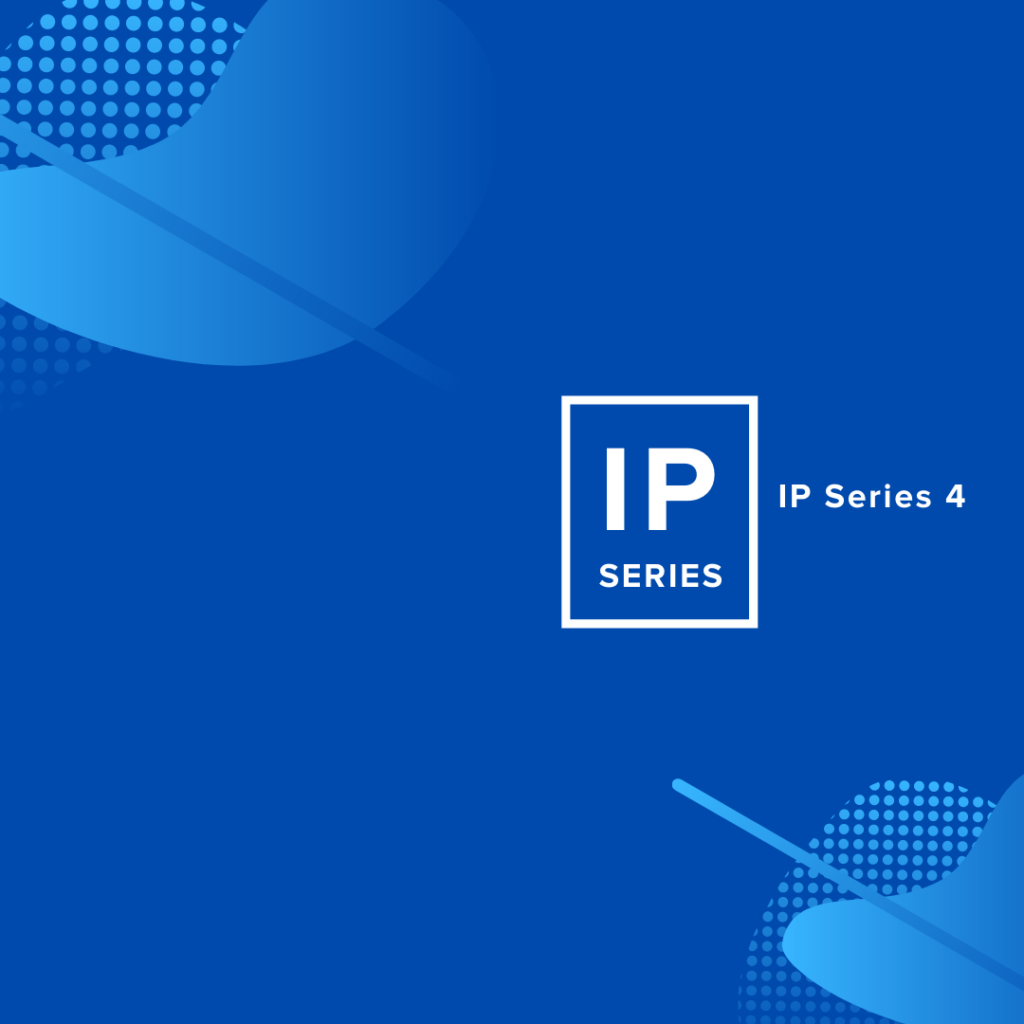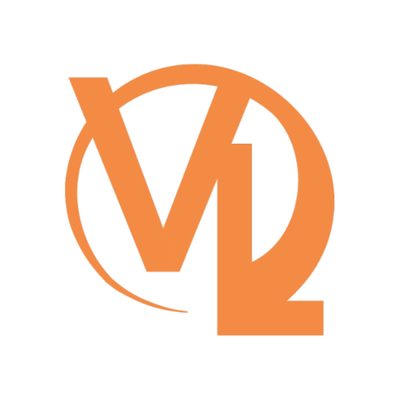Home » Intellectual Property 101: Filing for a Patent in Canada and Beyond
Intellectual Property 101: Filing for a Patent in Canada and Beyond

This article is the last in a 5-part series on protecting your intellectual property. ventureLAB’s experts cover everything you need to know before you file for IP protection. Check out other parts in the series:
Patent protection is jurisdictional, which means that your invention is only protected in the country (or countries) where the patent was issued. Unfortunately, there is no such thing as an international patent, but there are options for international patent filing. Fortunately, patents are a cooperative system, such that in most cases once you start the process in one country you can use the first filing to kick start your subsequent filings.
The US Provisional Patent
One of the most common filing strategies is to file a US provisional patent application. US provisional patents are something of an oddity, as few countries have a designated provisional application. Fortunately the US provisional filing date is recognized in almost all countries. A provisional patent application is beneficial because it allows you to obtain a priority date without being held to the rigid structural requirements of a regular patent application. Unlike a regular patent application, a provisional application does not require claims. As such, you can simply write a description of your invention to fulfill the requirements. Claims can often be harder to amend as you cannot substantially alter the scope of a claim. Thus by not including claims in the provisional application you have the freedom to design the claims from scratch in the regular application. Another benefit of the provisional application is that you don’t have to include an information disclosure. The information disclosure includes the known prior art, which is essentially the background to your application. Since a provisional application is never examined these additional details are not needed. By not having to include this information you can obtain the early filing date and during the 12-month period you can work at filling in the gaps for the regular application. It is important to note that a provisional patent application will never materialize into a patent. A US provisional application lasts for 12 months after which you must file a regular patent application or abandon the provisional. If you abandon the application the information included in the provisional is never published and thus will not prevent future applications. However, you also lose the priority date, and thus if you choose to file later you need to restart the clock. A word of caution with US provisional applications: they are only as good as the information contained within them. Unlike a regular patent application, a provisional application doesn’t have formal structure requirements. Although it is tempting to file a “quick and dirty” provisional application to get the earlier filing date, if the information in the provisional application doesn’t support the regular application you cannot benefit from the earlier date. For example, if you invented a robot that was capable of cooking and cleaning and you filed a provisional application, it would only enable a regular application for a cooking and cleaning robot. If it turned out the robot was also capable of performing surgery or driving a car, this would not be enabled by the provisional application. This means you could not claim the priority date of the provisional application for these new features. As such, it is best practice to have enough detail to file the application as if it were a regular patent application. If you make improvements during the 12 month period (such as the ability of your robot to perform surgery) you can file subsequent provisional applications. You can then file a regular application within 12 months of the first provisional filing date and claim priority to all the provisional applications. Although the provisional application is filed in the US, almost all countries will recognize their filing date as your priority date. If you first file the provisional application in the US you can still use it to claim priority on US, Canadian, European and PCT (“international”) applications.
Patent Cooperation Treaty Applications
The Patent Cooperation Treaty (PCT) application allows you to file simultaneously in the 153 contracting jurisdictions. This is often a good route for inventors who want to file in Canada, the US and Europe. By filing an international patent application you are able to reserve your filing date in all participating countries. However, a PCT application does not result in an international patent (there is no such thing). Rather, following the PCT process you have the ability to elect in which participating jurisdictions you would like to file a regular application (known as the national phase). The PCT application is beneficial in that it not only buys you some extra time, it also provides an international preliminary examination report that can give you an idea of whether your invention is novel, non-obvious and useful. The PCT application provides an additional 18 months before you have to decide what countries you would like to file in. If you filed a US provisional application this gives a total of 30 months from your priority date until you need to enter the national phase in each individual country. This additional time can be beneficial, particularly for generating capital and determining your market. During this 18 month time period you also benefit from the international search report accompanied by a written opinion. This is essentially your first examination, which is conducted by the filing country (i.e. if you filed your PCT in Canada, you would have a Canadian patent examiner conduct the search). This is not a legally binding report, but can provide very useful information. Following this report you have two options: to stay in Chapter I or move to Chapter II. If you stay in Chapter I, at the end of the 18-month period the application as originally submitted and the international search report are sent to the countries in which you want to seek patent protection. If you elect to move to Chapter II, you can amend your application based on the search report to try to get a more favourable opinion. Following the amendments your application is re-examined and you are issued a new report on patentability. However, the Chapter II phase does not add any additional time. The first international examination report is issued approximately 4 months after filing the PCT application, and any amendments and your request to enter Chapter II are due either by 22-months after the filing date or 3 months after the issuance of the first report, whichever is later. By entering Chapter II and amending your application you may save both time and money. This allows you to amend one central application, rather than making the same amendments to multiple applications in each filing country. Although not legally binding, the international report is often repurposed by each of the filing countries. When you eventually enter the national phase it is common for the examining jurisdiction (i.e Canada, less common in the US) to agree with the international report which then effectively becomes your first legally binding examination report. The PCT route can be expensive however if you are considering filing in multiple jurisdictions such as Canada, the United States and throughout Europe, a PCT application is the most efficient route in which to seek protection. The following timelines help to illustrate the process of different filing scenarios:
Regular Filing

Provisional Filing followed by Regular Filing

International Filing

Provisional or Regular Filing followed by International Filing

ventureLAB can help you navigate your IP strategy. Located at the heart of Ontario’s innovation corridor in York Region, ventureLAB is a leading global founder community for hardware technology and enterprise software companies in Canada. Our initiatives focused on raising capital, talent retention, commercializing technology and IP, and customer acquisition have enabled thousands of companies to create over 4,000 jobs and raise more than $200 million in investment capital. Join us.
About the Author

Maddie Lynch is an IP Intern from Osgoode Hall Law School where her studies focus on intellectual property. At Osgoode Maddie is part of the IP Osgoode Innovation Clinic helping inventors with the early stages of patents and trademarks. Prior to law school Maddie obtained a PhD in Neuroscience, working in an Alzheimer’s disease therapeutics lab. Most recently, she summered at Bereskin & Parr LLP, an IP law firm and looks forward to continuing her education in intellectual property law.
VentureLAB
https://www.venturelab.ca/
ventureLAB is a leading global founder community for hardware technology and enterprise software companies in Canada. Our organization is led by seasoned entrepreneurs and business leaders with decades of industry experience in building IP-rich start-ups, scale-ups, and global multinationals to help you scale your business. Located at the heart of Ontario’s innovation corridor in York Region, ventureLAB is part of one of the biggest and most diverse tech communities in Canada. We enable technology startups to accelerate the commercialization of transformational products on a global scale.


